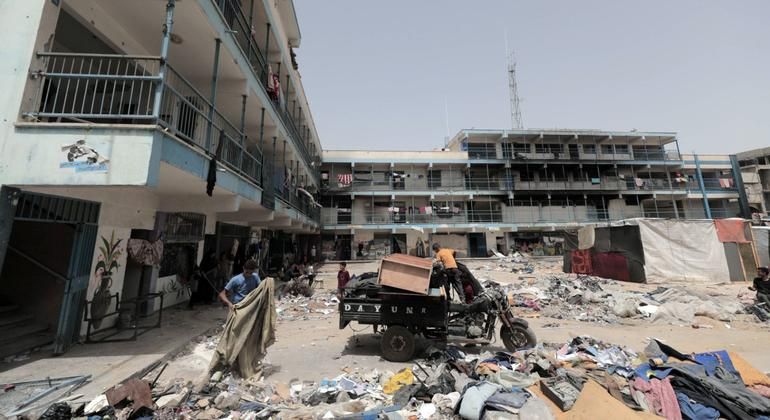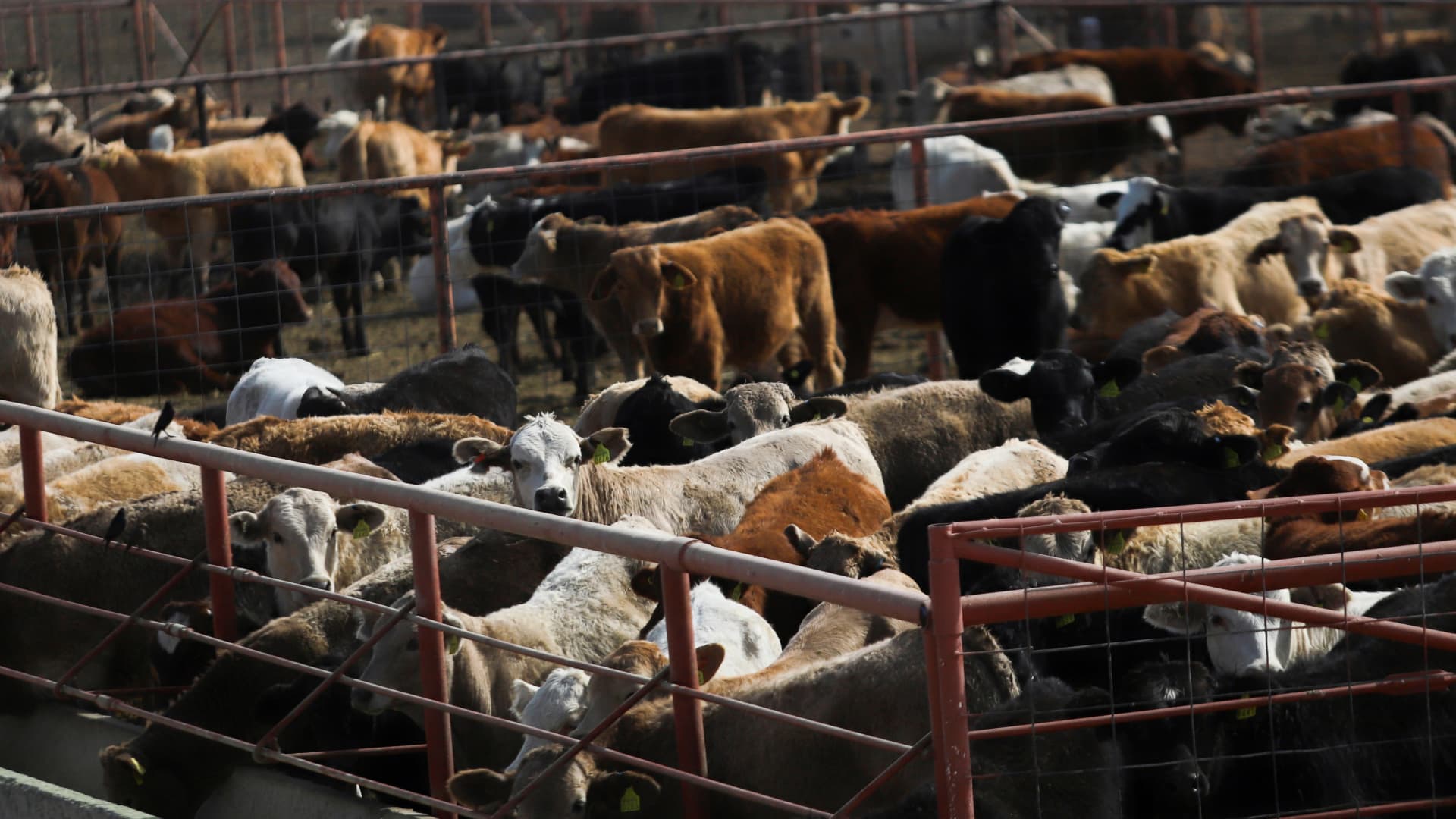Nearly 625,000 children in the enclave have already missed an entire school year following the 7 October 2023 terror attacks by Hamas and other Palestinian armed groups against communities in southern Israel and the ensuing Israeli military operation in Gaza.
They are joined by more than 45,000 six-year-olds who are about to enter first grade, increasing the risk of spending a second year without classroom education, the United Nations Children's Fund (UNICEF) said.
'A bright future at risk'
“Children in the Gaza Strip have lost their homes, their families, their friends, their safety and their routine,” said Adele Khodr, the agency's Regional Director for the Middle East and North Africa.
“They have also lost the refuge and stimulation that school provides, putting their bright future at risk of being tarnished by this terrible conflict.”
The fighting has had a serious impact on educational infrastructure. Many schools that have become shelters for displaced people, including those run by the United Nations Relief and Works Agency for Palestine Refugees in the Near East (UNRWA), have been damaged or destroyed.
Without graduations
Since all schools have been closed since October last year, there have been no promotions in the Strip, the first time in decades that this has happened, UNICEF said. Some 39,000 students missed their last year of school and were unable to sit the Tawjihi exams.
For older children, the disruption extends beyond lost educational opportunity.
Without schooling, young people are at greater risk of exploitation, child labour, early marriage and other forms of abuse. Most importantly, they risk dropping out of school permanently, the agency said.
For younger children, the absence of schooling threatened their cognitive, social and emotional development. Parents report significant psychosocial and mental health impacts on children, including feelings of increased frustration and isolation.
Situation in the West Bank
Children in the West Bank, including East Jerusalem, are also affected as the school year begins. Rising violence and movement restrictions since October 2023 have created new barriers to learning for the 782,000 students thereaccording to UNICEF.
He noted data from the Ministry of Education and humanitarian partners indicating that on any given day since October, Between 8 and 20 percent of schools in the West Bank have been closed..
Even when schools are not closed, fear of violence, movement restrictions and mental health issues have led many students to miss school, leading to further learning loss.
Restart learning
To respond to this situation in the Gaza Strip, UNICEF and its partners established 39 temporary learning spaces in the enclaveserving more than 12,400 students. The agency also provides recreational activities, emergency learning kits, and mental health and psychosocial support (MHPSS) to children, youth, caregivers, and teachers in shelters.
“We must find ways to restart classes and rebuild schools to uphold the right to education for the next generations in the State of Palestine,” Khodr said.
“Children need stability to cope with the trauma they have experienced and the opportunity to develop and reach their full potential.”
A child receives a polio vaccine in Gaza.
The vaccination campaign continues
Meanwhile, the UN and its humanitarian partners concluded the second phase of the polio vaccination campaign in southern Gaza on Sunday.
According to the United Nations Office for the Coordination of Humanitarian Affairs (OCHA), more than 256,000 children were reached in Khan Younis and Rafah in four days.
The first round of the campaign is now almost 70 percent complete, with more than 446,000 children vaccinated out of the 640,000 planned during this first round of vaccination. The second round is expected to begin within four weeks.
The last phase of this first round is scheduled to begin on Tuesday in northern Gaza.
Evacuation orders deepen the crisis
However, a new Israeli evacuation order issued for parts of the north includes areas where local pauses for polio vaccinations had been agreed, the office said.
According to initial assessments by humanitarian partners, around 5,000 displaced people are among those affected by this order, who are taking refuge in seven collective centres, mostly schools.
Repeated evacuation orders are further deepening the humanitarian crisis for hundreds of thousands of people in Gaza, OCHA warned.
As of Monday, more than 55 evacuation orders remained in effect, covering up to 86 percent of the Strip.












